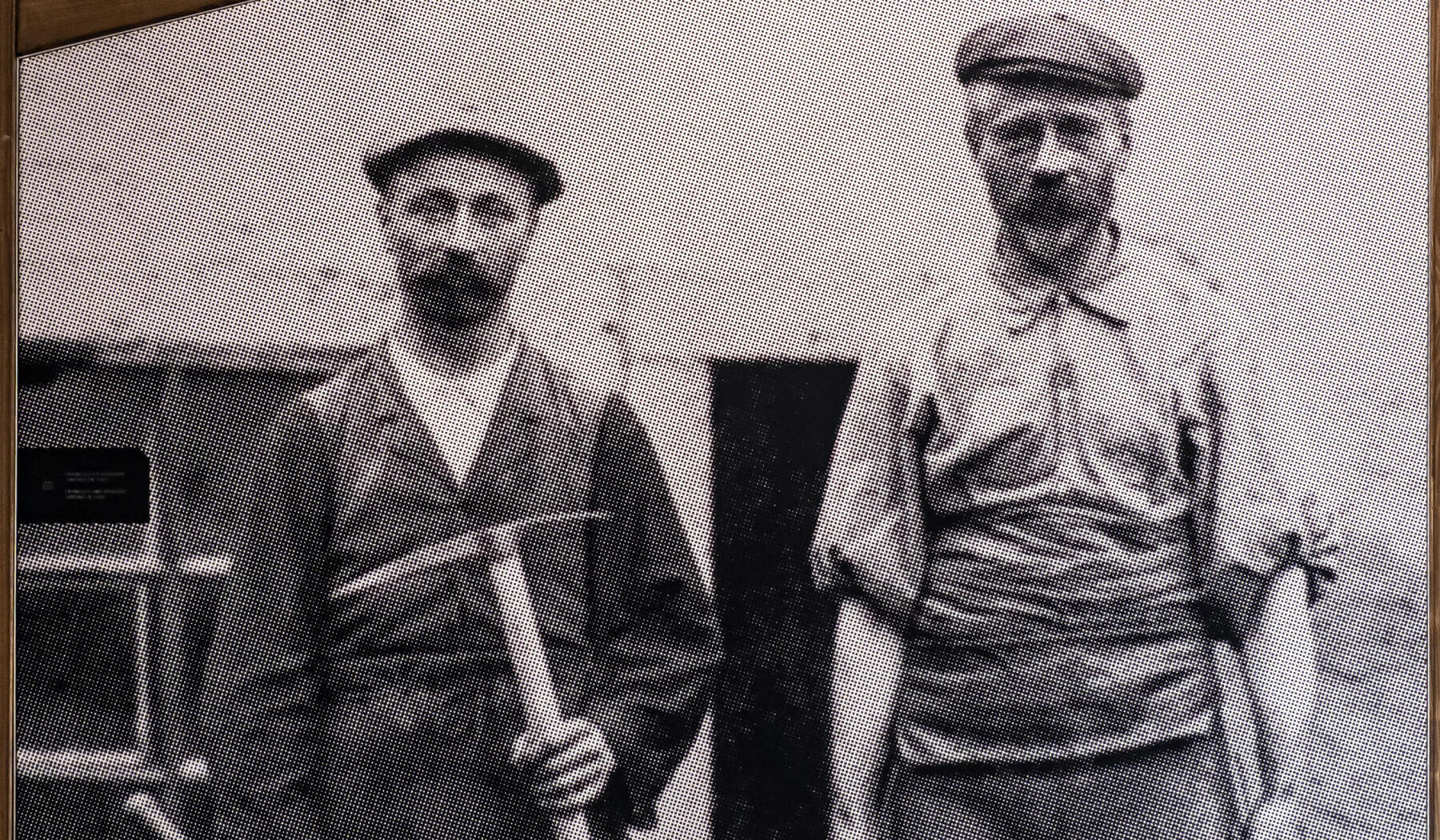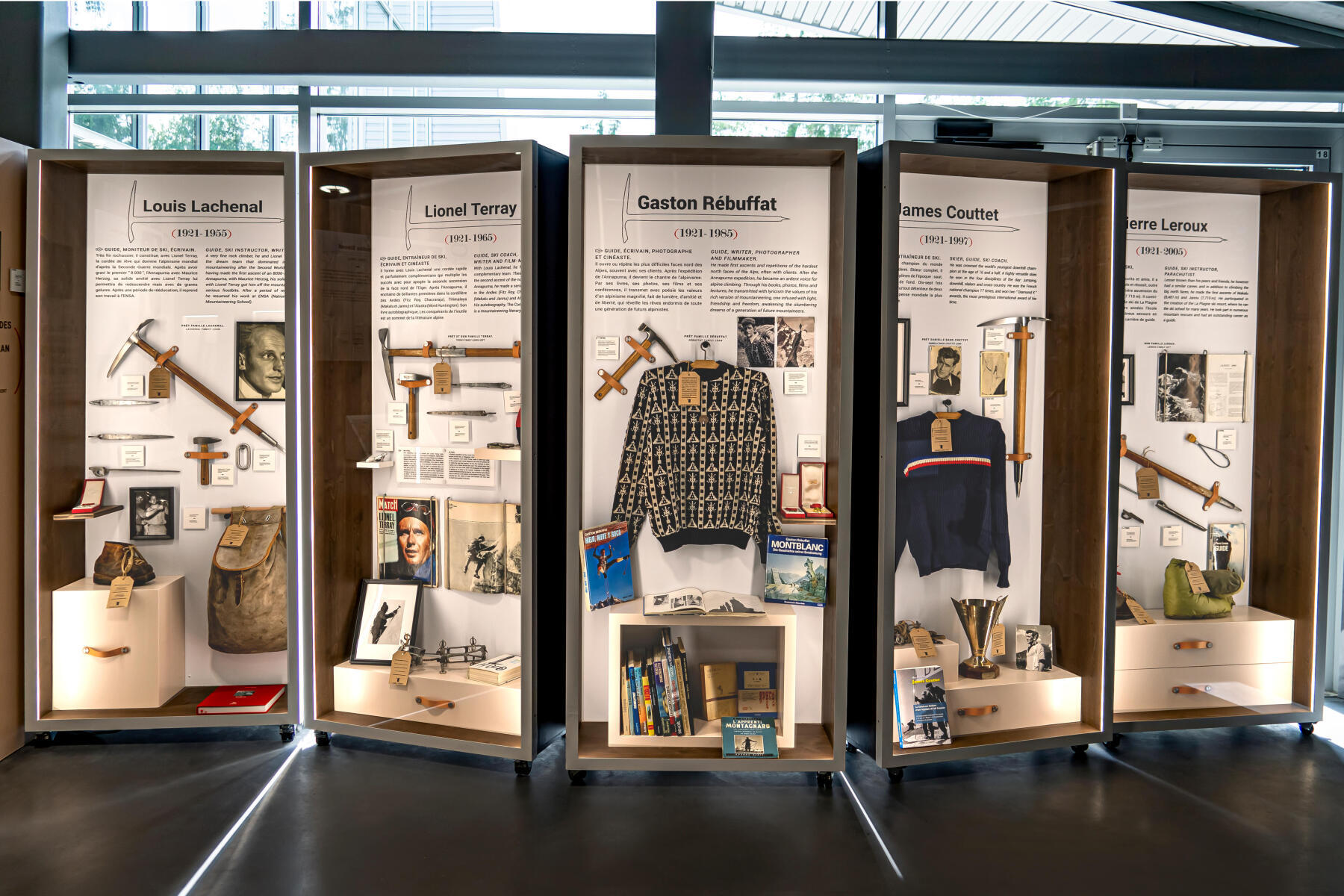In 2004, Ludger Simond sold his company to Wichard, a French forge claiming the title of world leader in steel hardware. Since 2004, Ludger Simond has been enjoying a happy and active retirement in Houches. He's still in touch with the Simond teams on a regular basis and remains the company's No. 1 (and somewhat demanding) fan.
After 4 years of collaboration, Wichard wanted to focus on steel hardware. In 2008, Decathlon became the sole shareholder of Etablissements Simond, welcoming the Simond brand to the family. This union enabled Decathlon to enhance its offering with ice axes, crampons, extremely technical and high-quality carabiners. For Simond, its close and privileged relations with the companies in the Decathlon family have enabled it to develop into other product categories: Ropes, harnesses, boots, clothing, etc., to the delight of countless climbers around the world.







